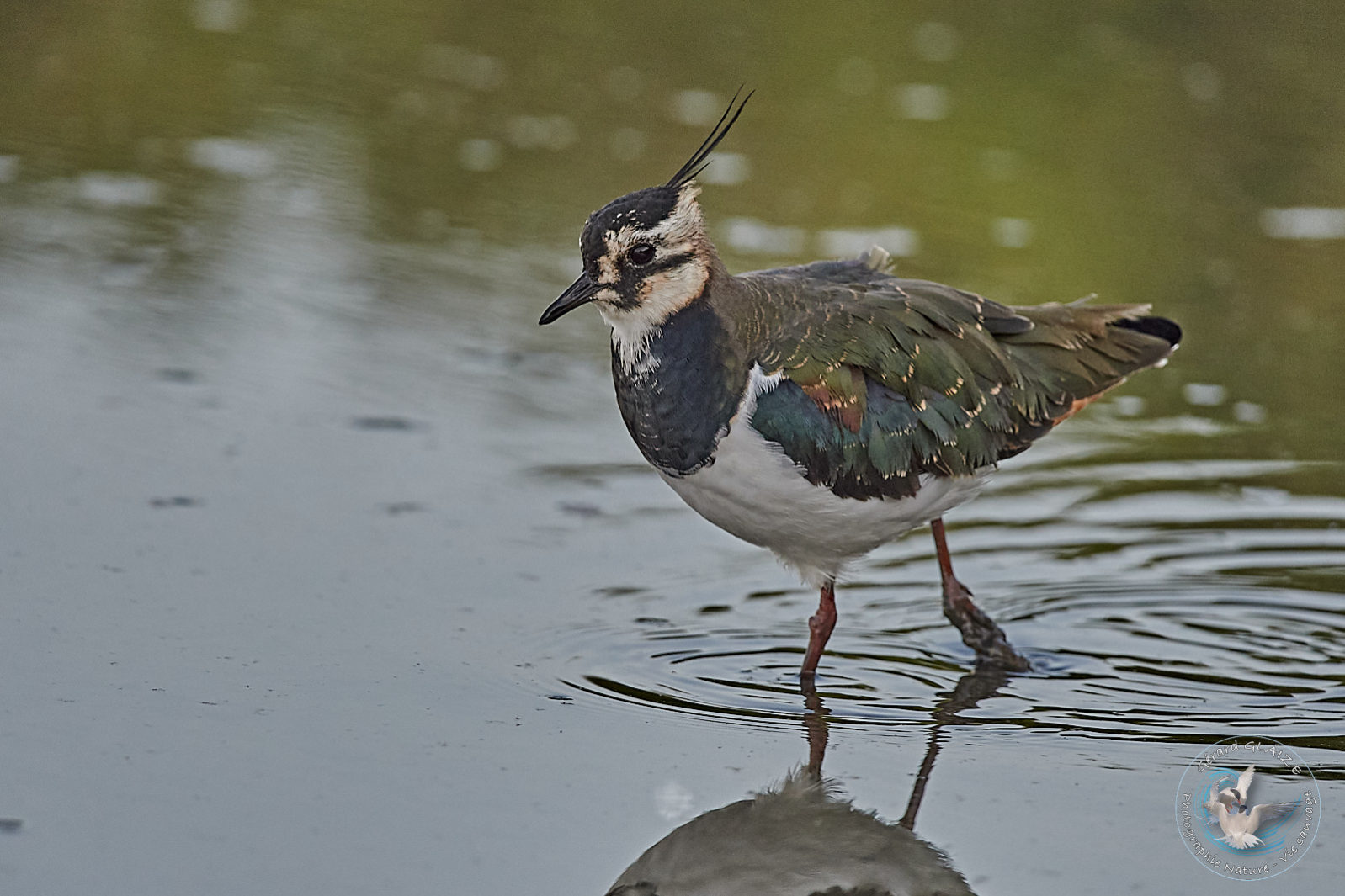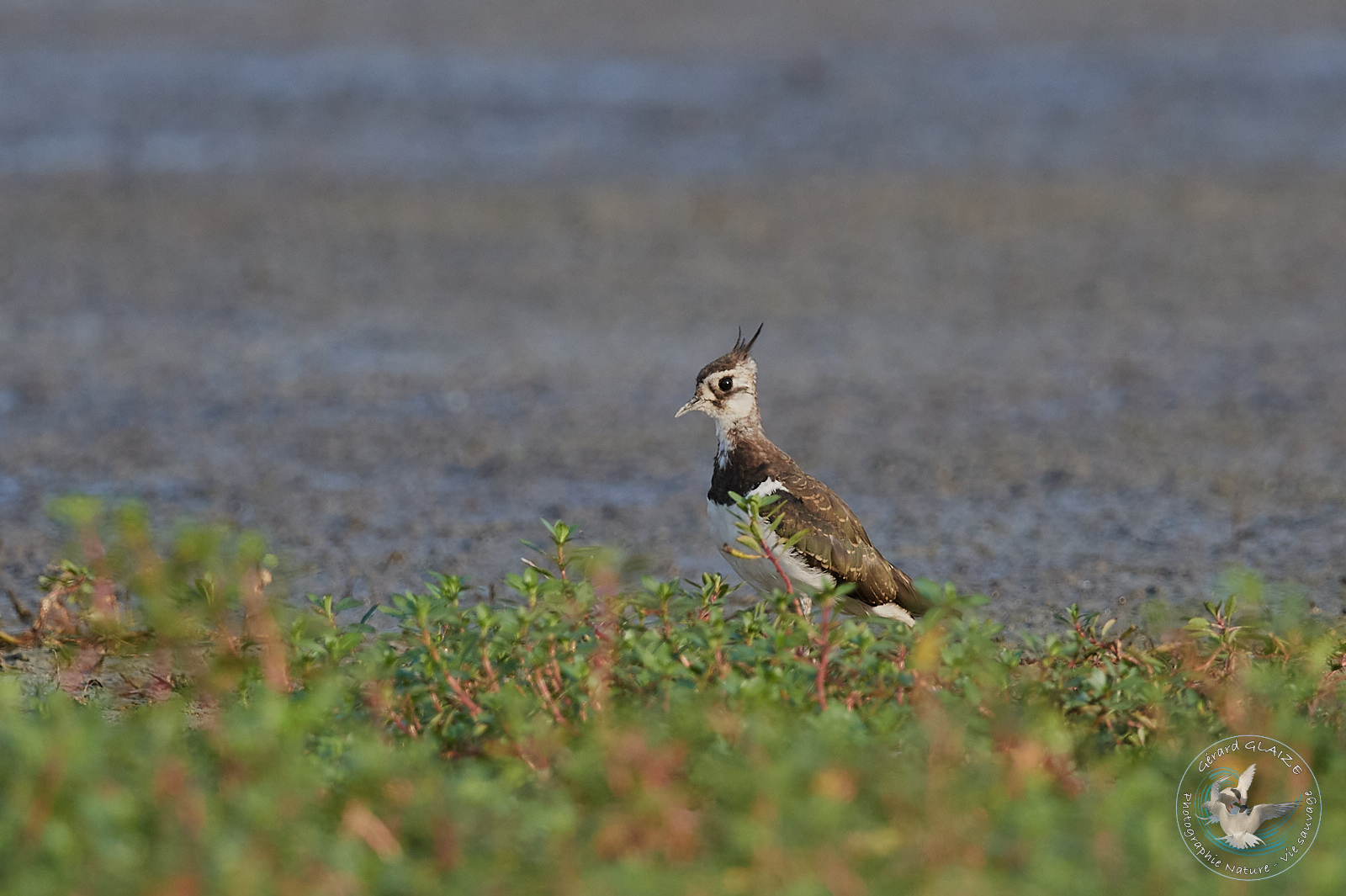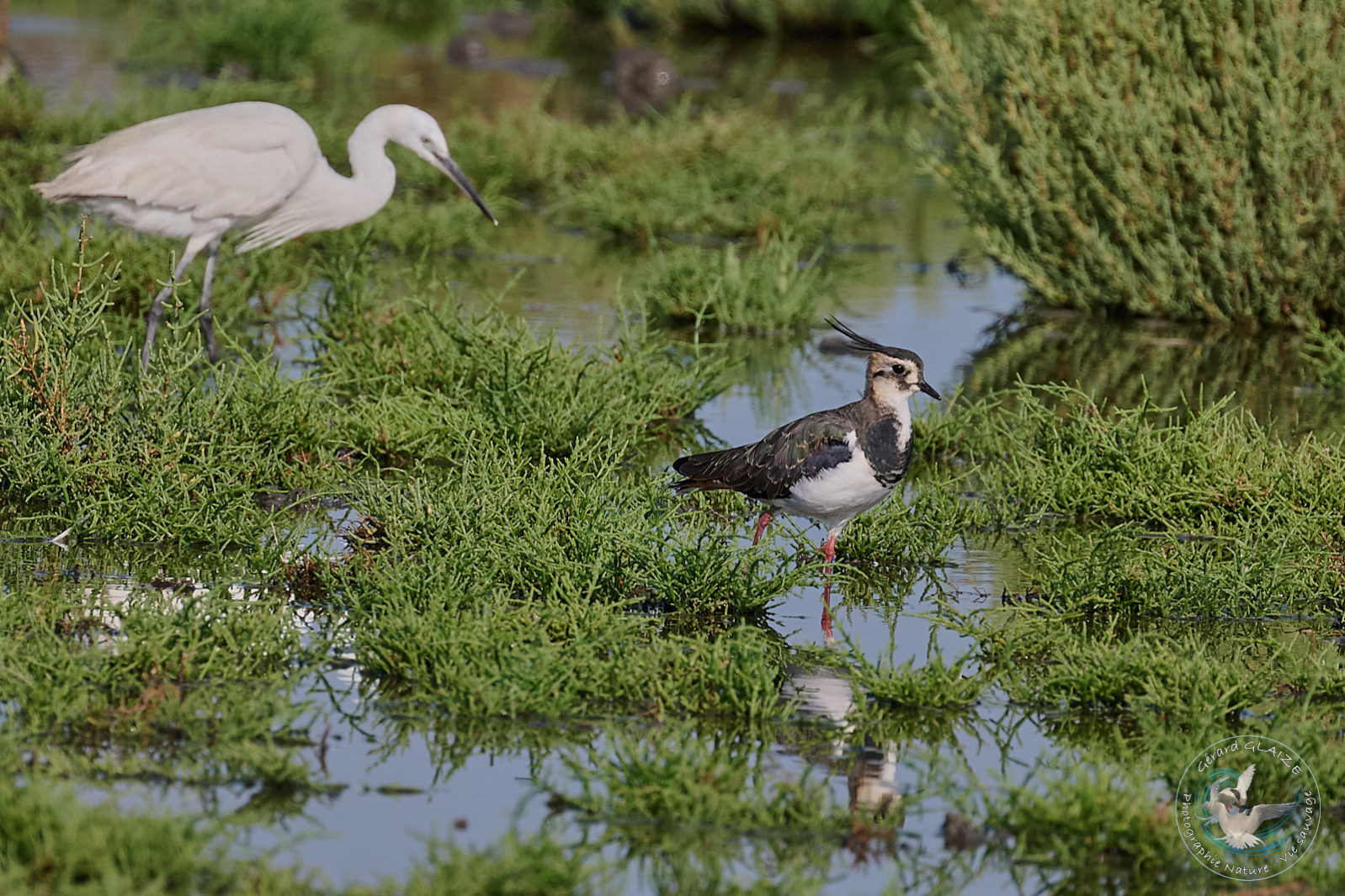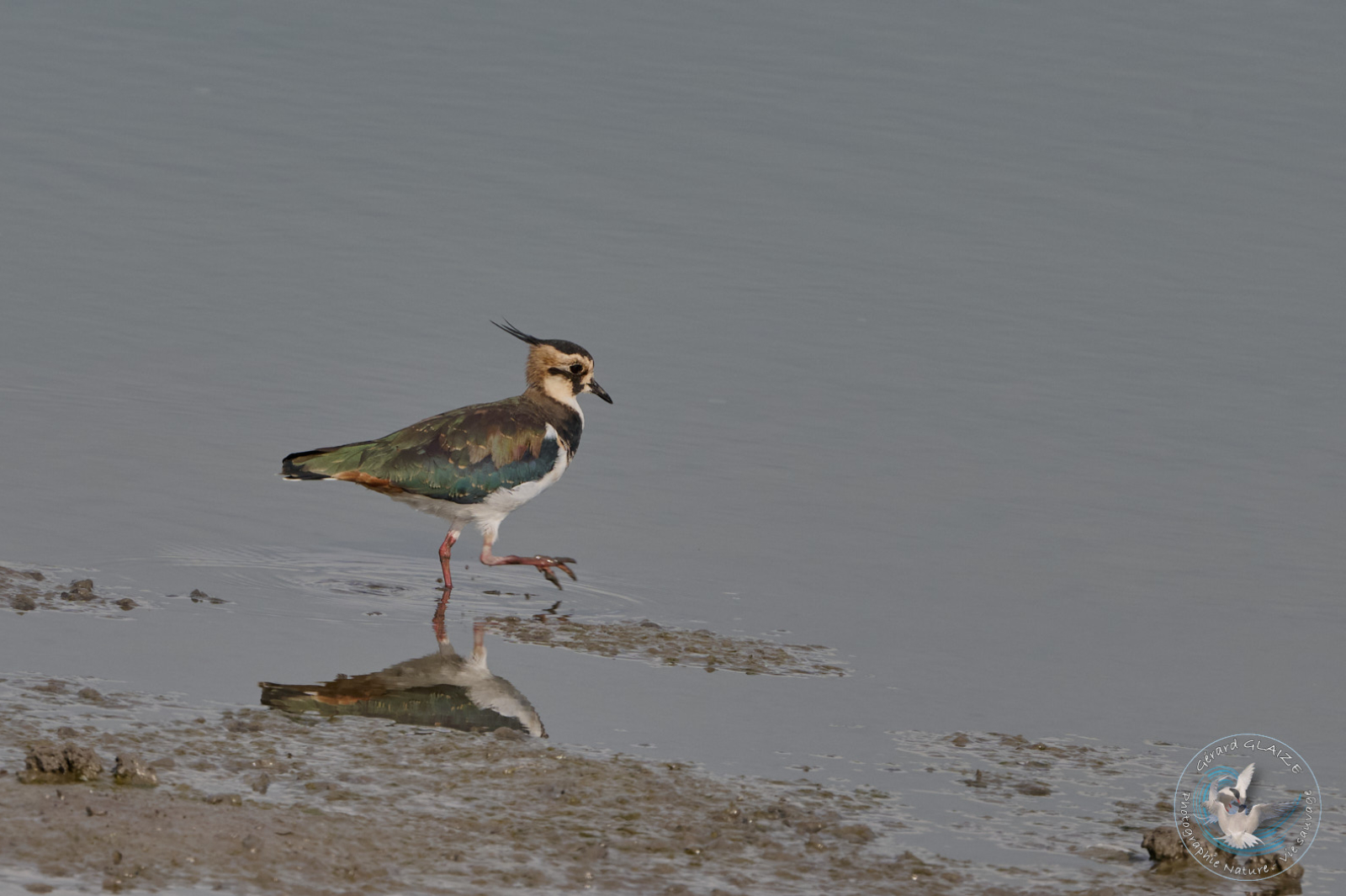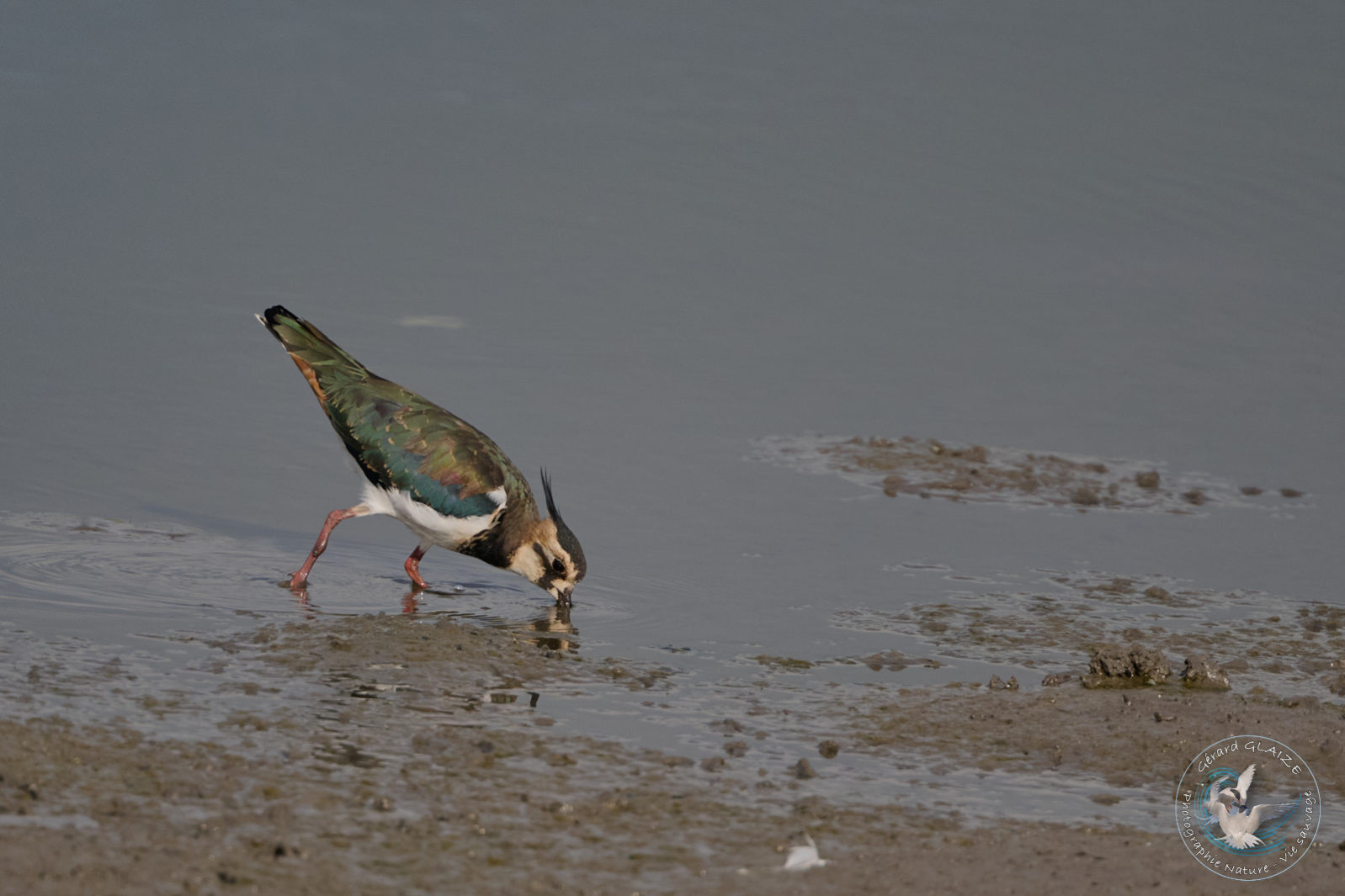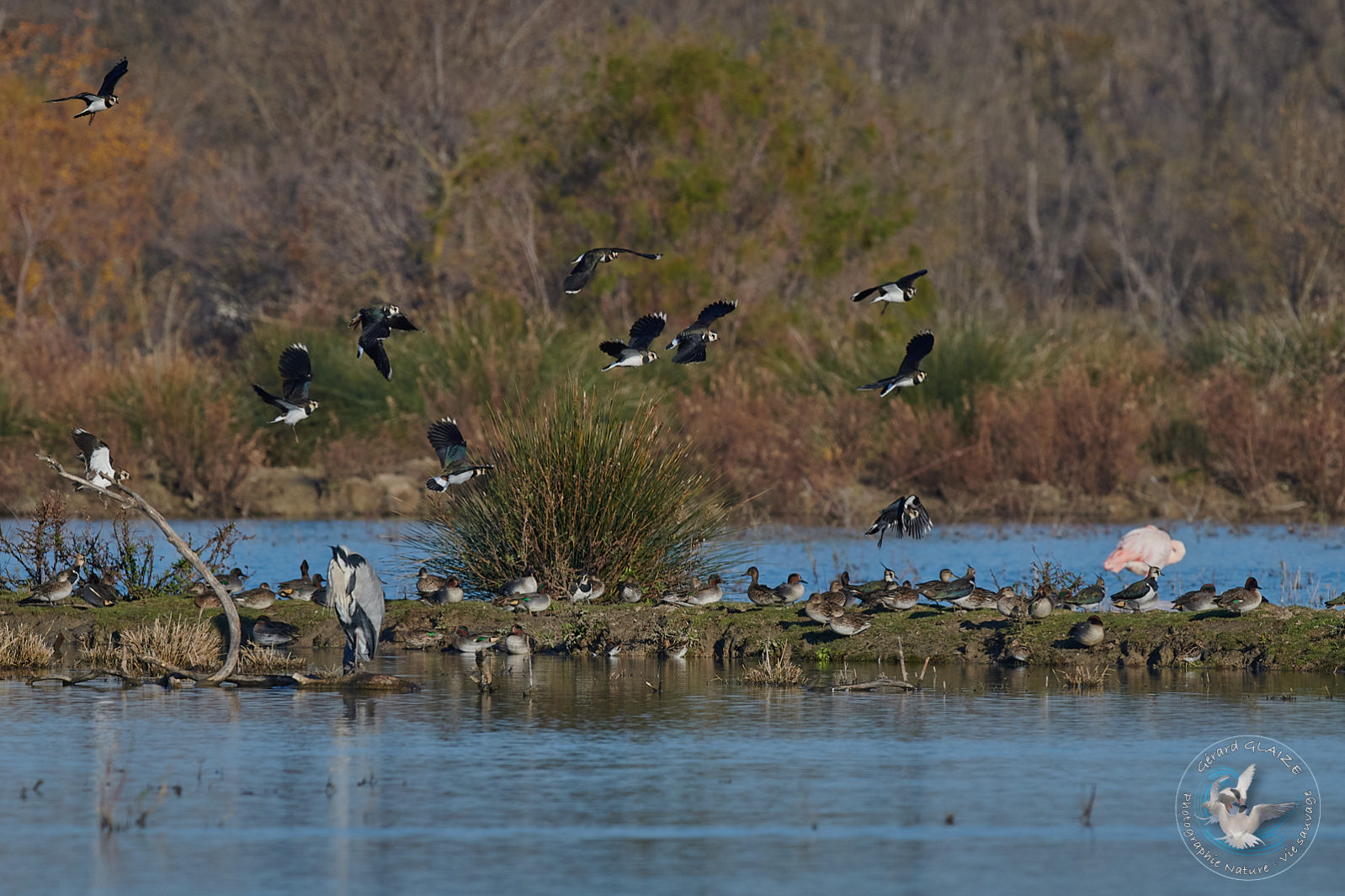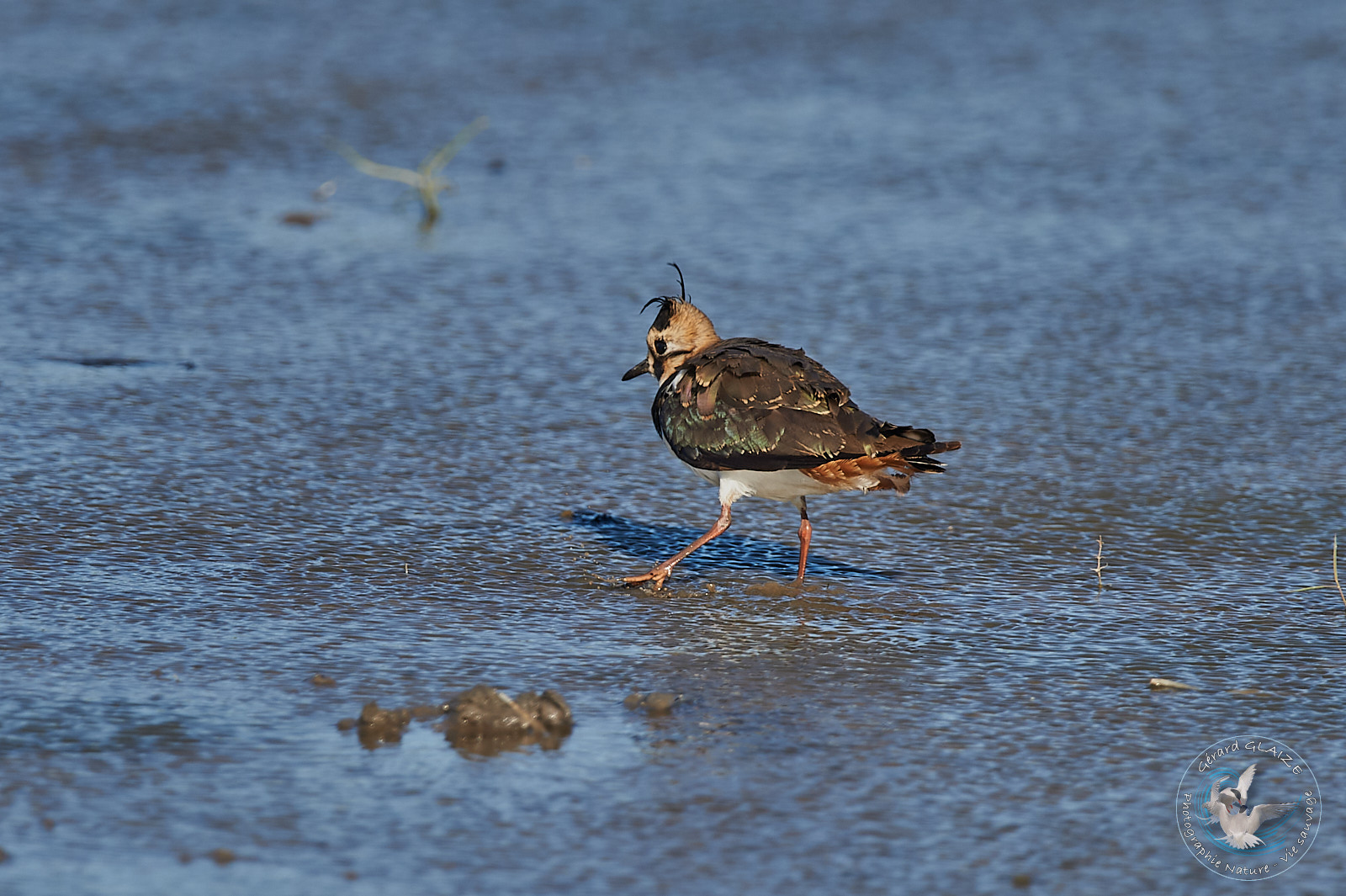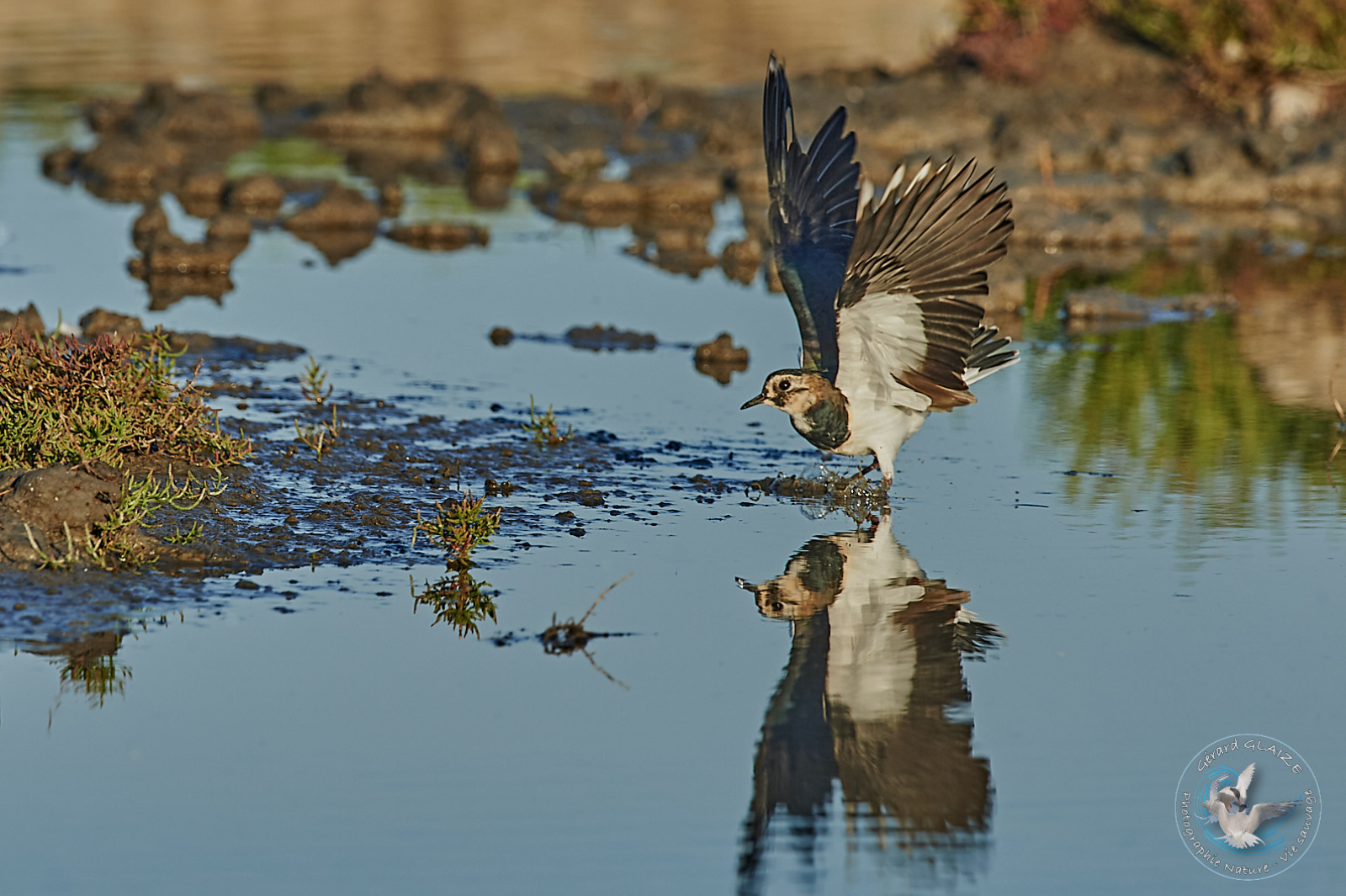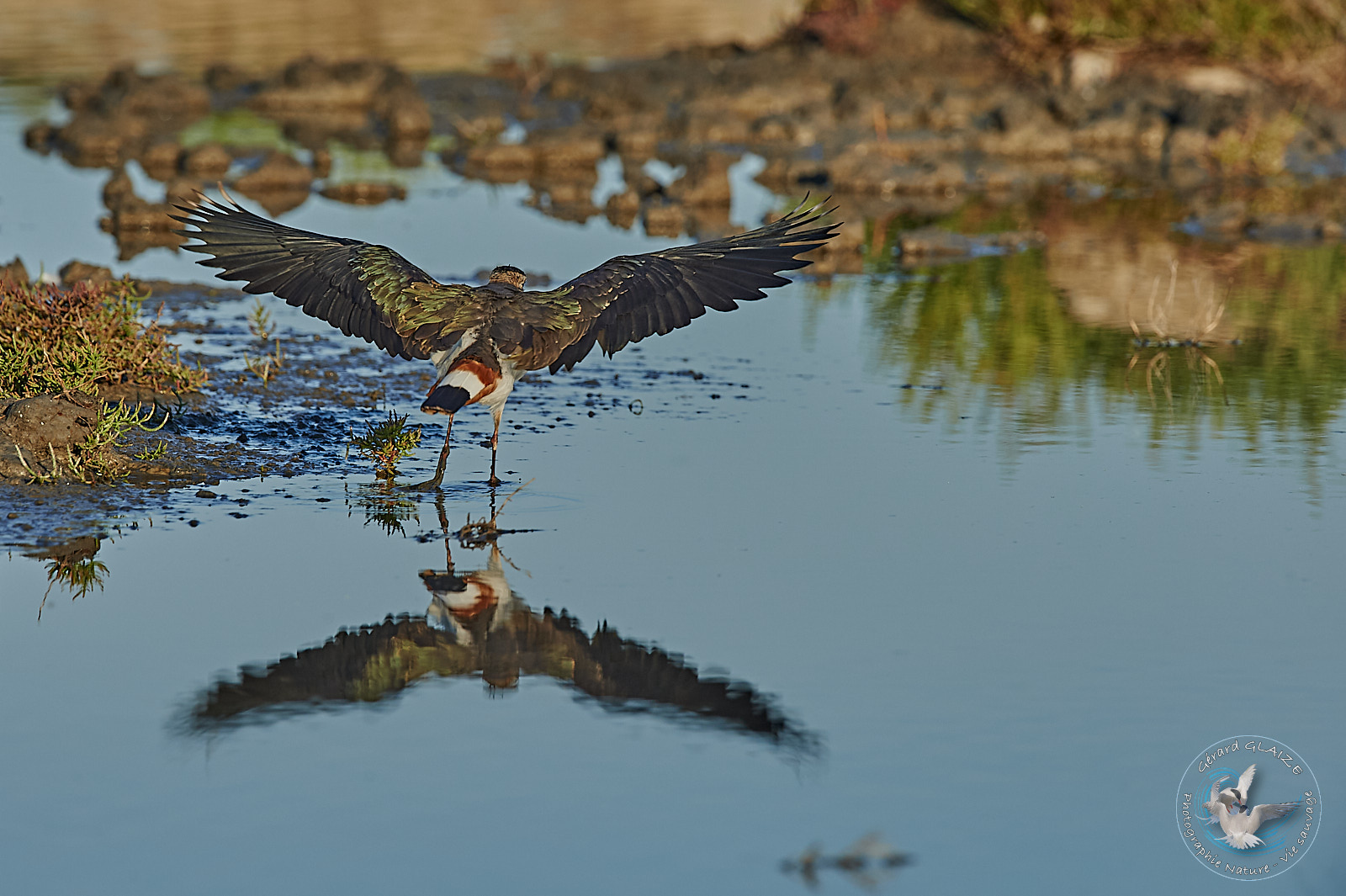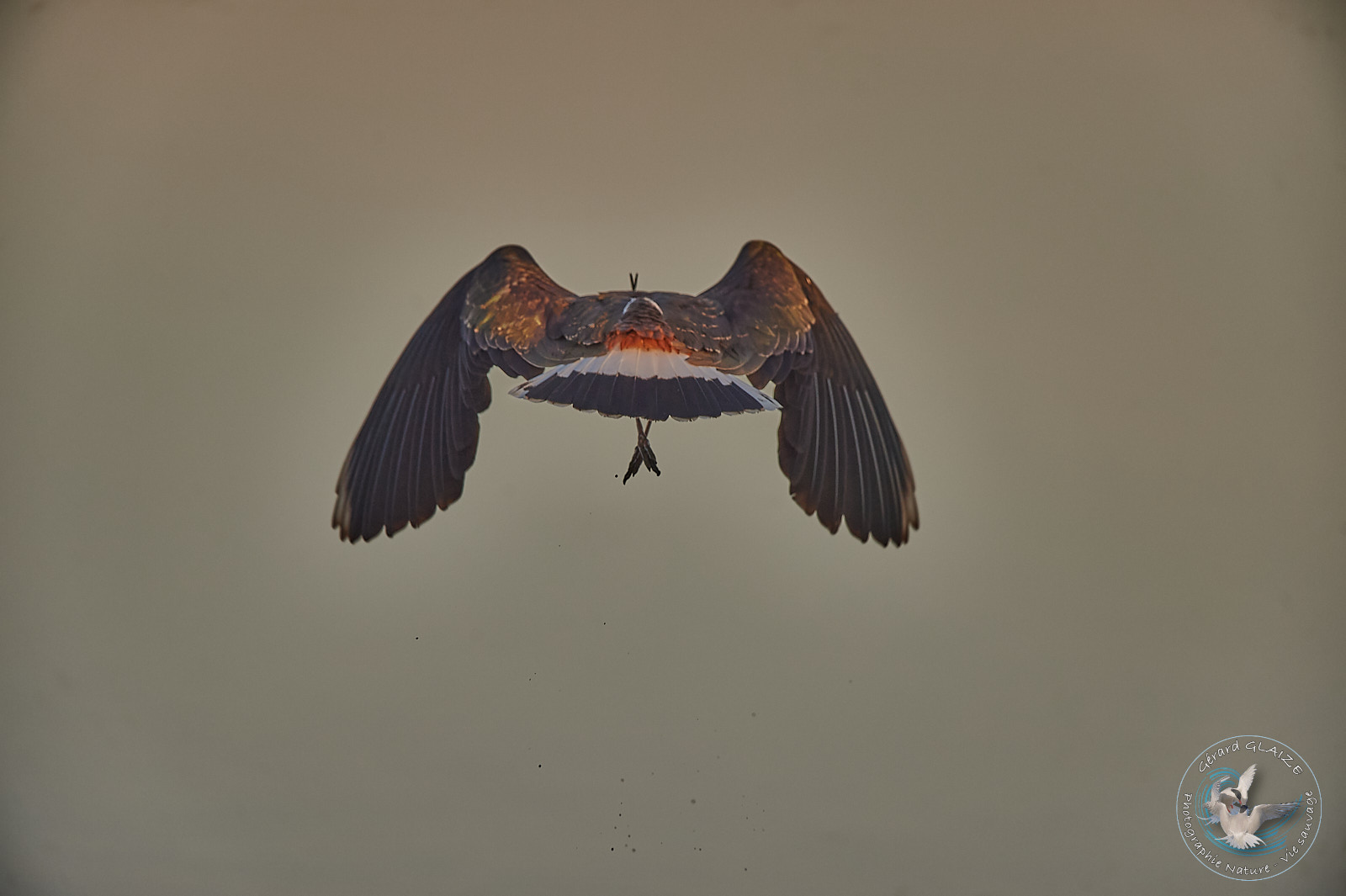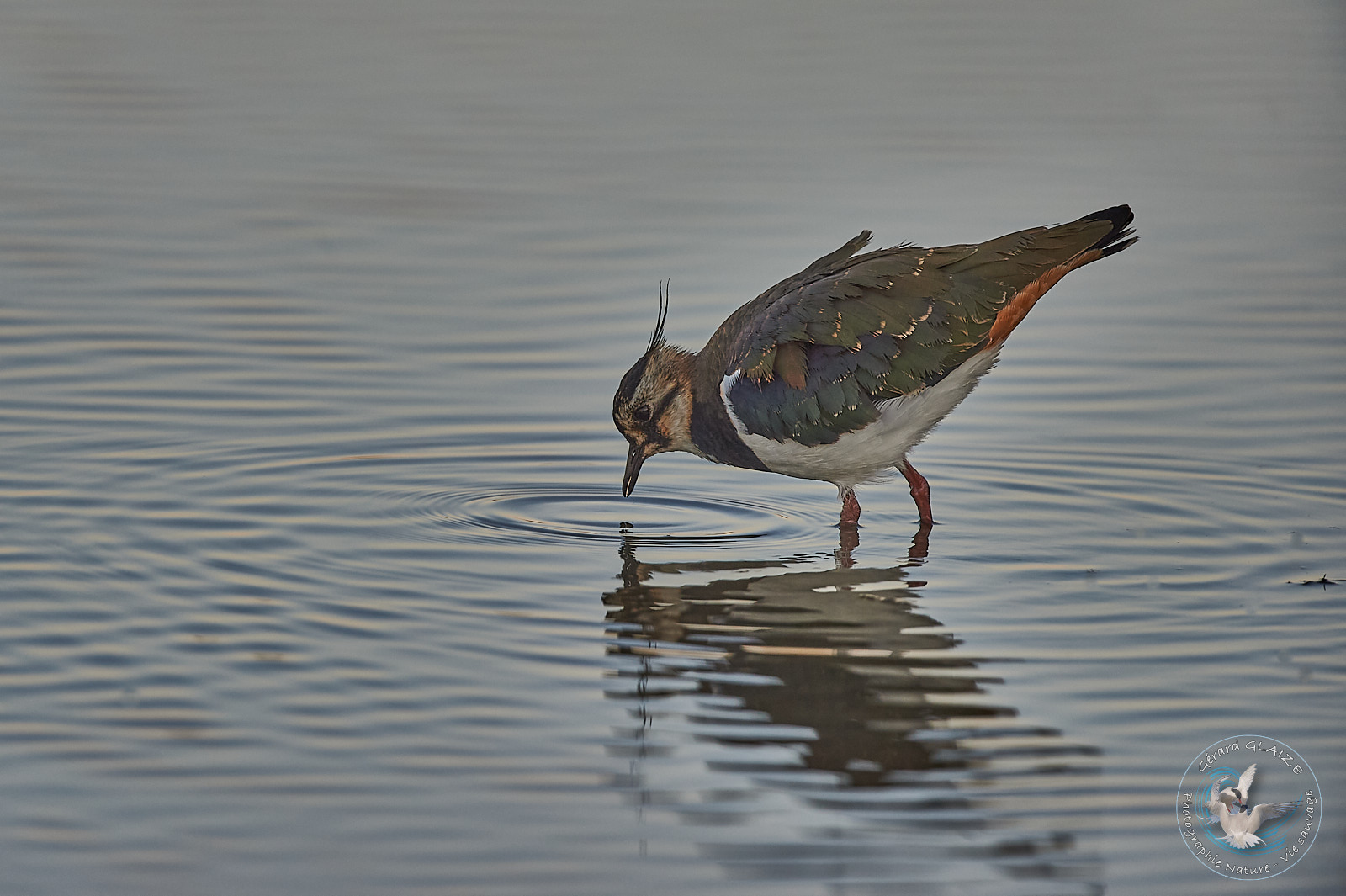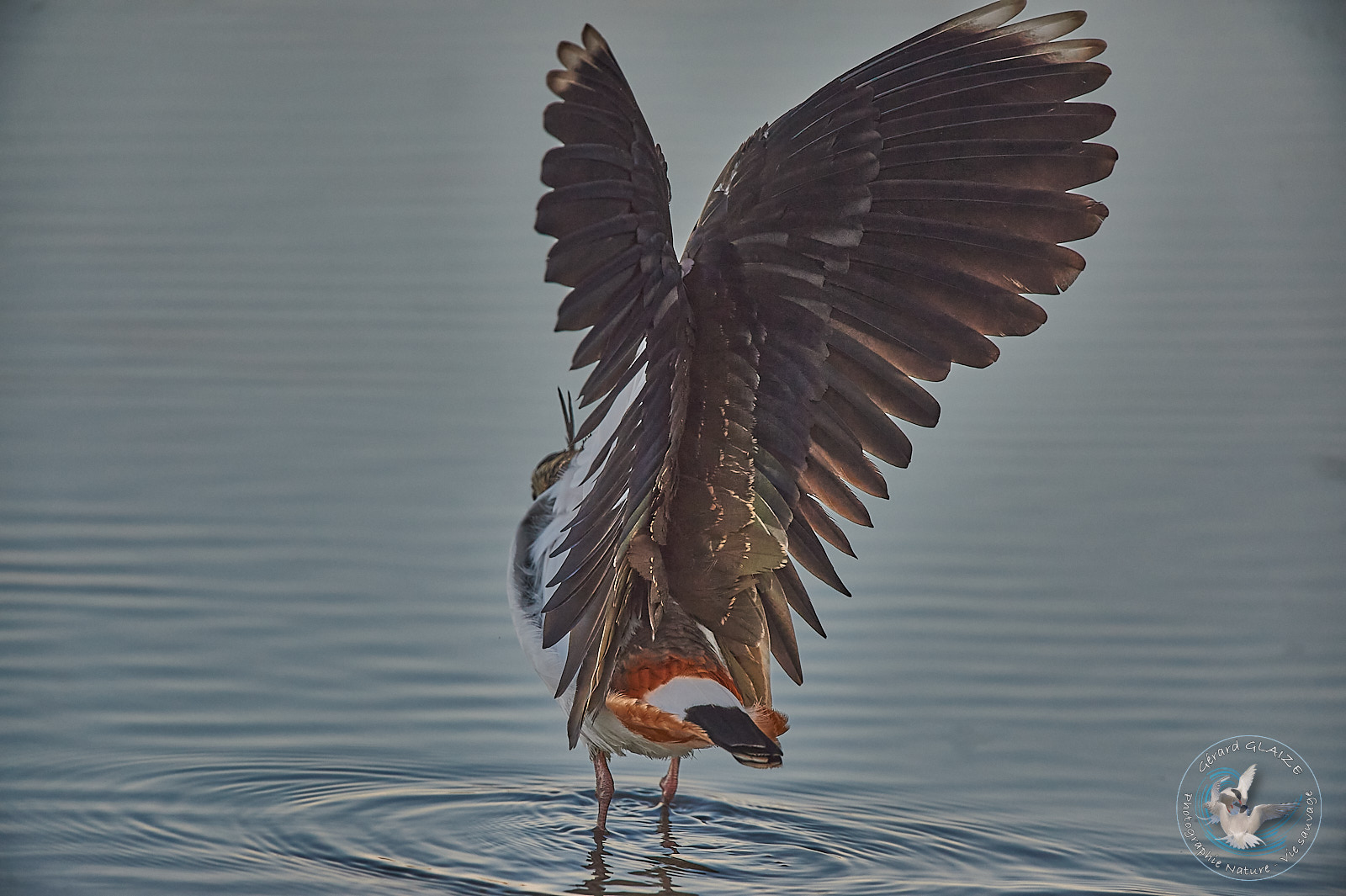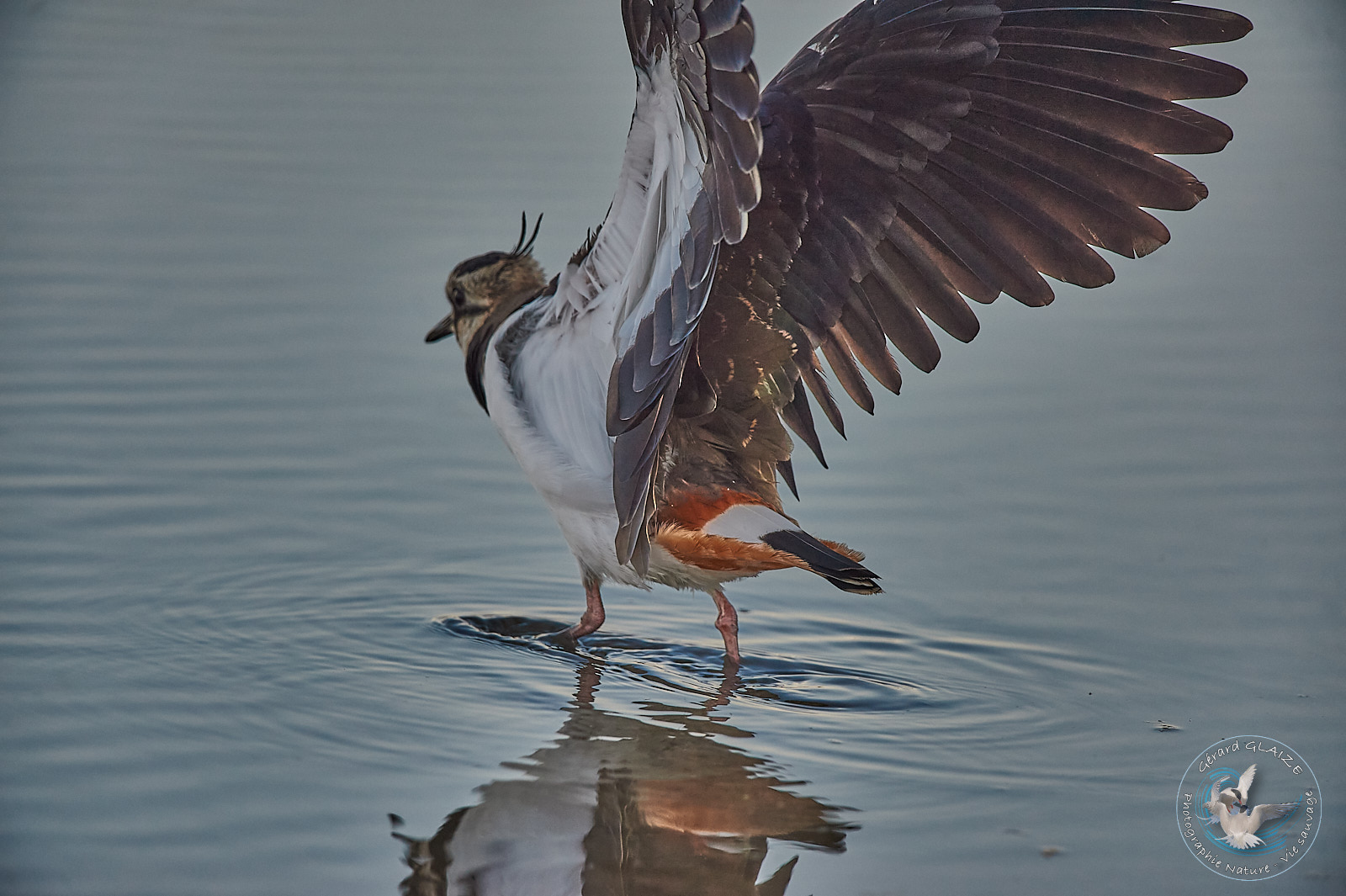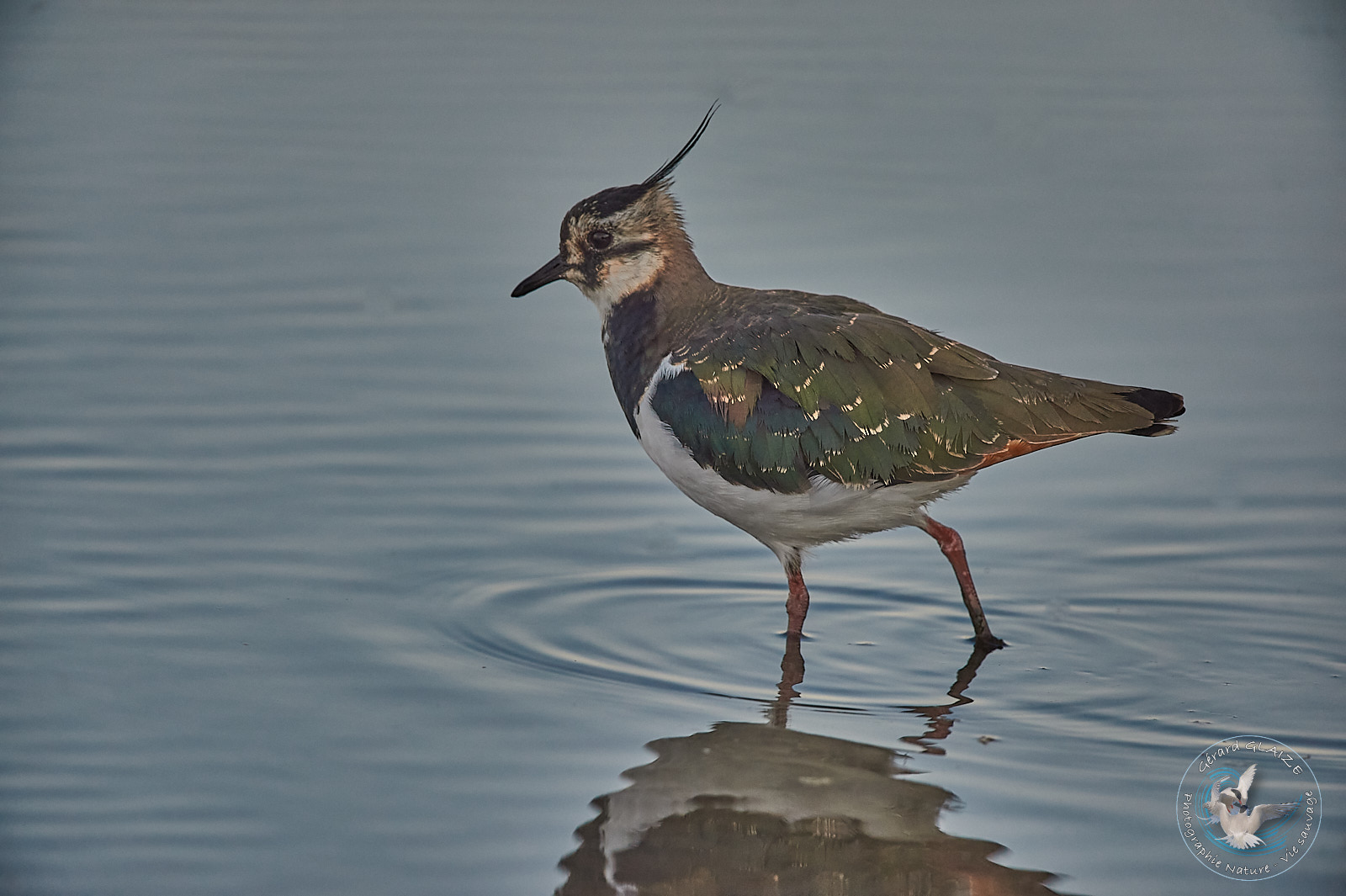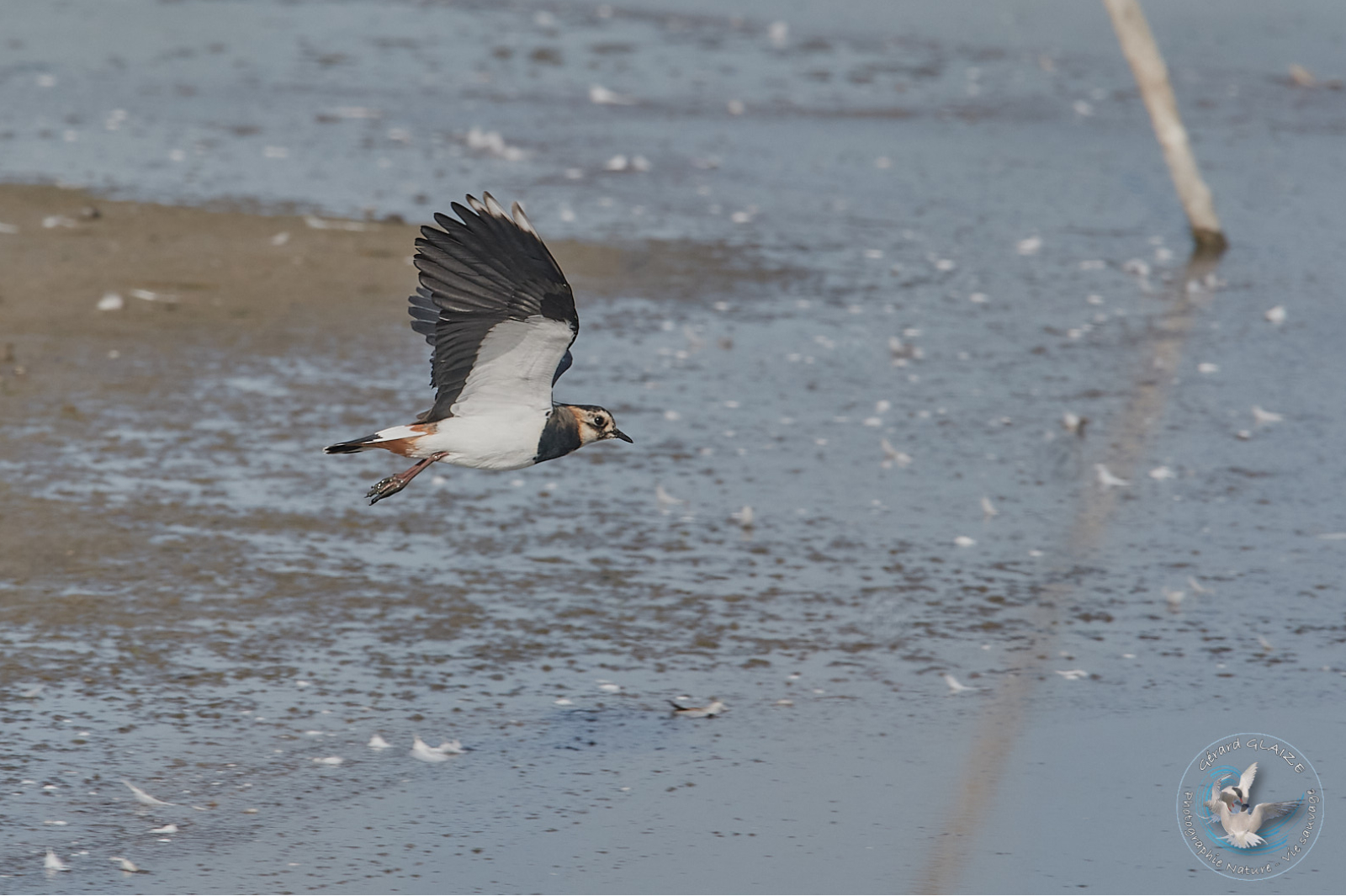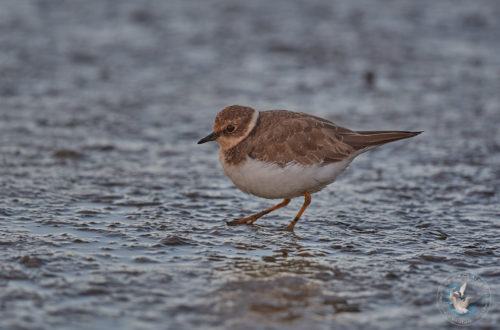Northern Lapwing
Northern Lapwing is a species of medium-sized wading birds, often living in flocks, common in Europe. It has a characteristic long, tapered black crest, while the back and tail plumage are green, although it appears black from a distance. The underparts are white with chestnut undertails. Its white belly brings out the pink color of its legs, which are very thin and short. The beak is black. Its broad, rounded wings are dark above and white below. So in flight, it is the contrast between the dark upper parts and the white underparts that attracts the eye. Both sexes have a broad, light supercilium. In young birds, the flight feathers are bordered with black.
Northern Lapwing
Scientific name : Vanellus vanellus
Family : Charadriidae
Length: from 28 cm to 31 cm – Wingspan: from 82 cm to 87 cm
Weight : from 150 gr to 310 gr
IUCN Conservation Status: NT
Flight
The rapid beating of its wings produces a very particular sound, reminiscent of the noise made by the van (a sort of large sieve) in the hands of the winnower, hence its name lapwing. Although the Northern Lapwing is not very fast, it is nevertheless very agile in flight.
Habitat
It is typical of open areas. It is therefore often observed in fields, short grass meadows, peat bogs, heaths, fresh and brackish water marshes, mudflats, flooded areas, wet meadows and agricultural lands, in summer and winter.
Regime – Diet
The Northern Lapwing is insectivorous all year round, it feeds mainly on beetles, flies and other insects, but also on spiders, earthworms, centipedes and other invertebrates. It often taps the ground to make its prey react before grabbing them with precision. It can also consume pine seeds and also seeds of various herbs.
Nesting
The Northern Lapwing nests on the ground, in a wide variety of open environments, most often in damp meadows. Its nest is a simple cavity on the ground, often raised a little so that the brooding bird has a good view of the surroundings. The male scratches several cavities, among these the female chooses one.
Finally the female lays 4 eggs per clutch. Subsequently, both parents take responsibility for incubation, which lasts approximately 28 days. The first eggs are laid between mid-March and April. There may be a replacement brood in May-June. The juveniles are precocial and therefore leave the nest a few hours after hatching, they have their final plumage after 35 to 40 days, and fly after five weeks. Both parents raise the young.
Migration
The Northern Lapwing is a partial migrant. It therefore winters south of its breeding range, as far as North Africa. In France, however, it is observed in winter, in very numerous colonies, in maritime regions. They migrate in particular towards the south and west of Europe.
Protection
The species is huntable in France, however it is listed in Annex II/2 of the Birds Directive, in Annex III of the Berne Convention, in Annex II of the Bonn Convention and listed in category B2c of AEWA (European populations – Europe and northern Africa).
Since the 1970s, populations are currently in sharp decline, due to upheavals in agricultural techniques, and following the drying up of wetlands, the species’ traditional habitat.
Song
The call of the Northern Lapwing is a kind of very high-pitched and very sonorous whistle: “pii-ouit”, a characteristic two-note song.


